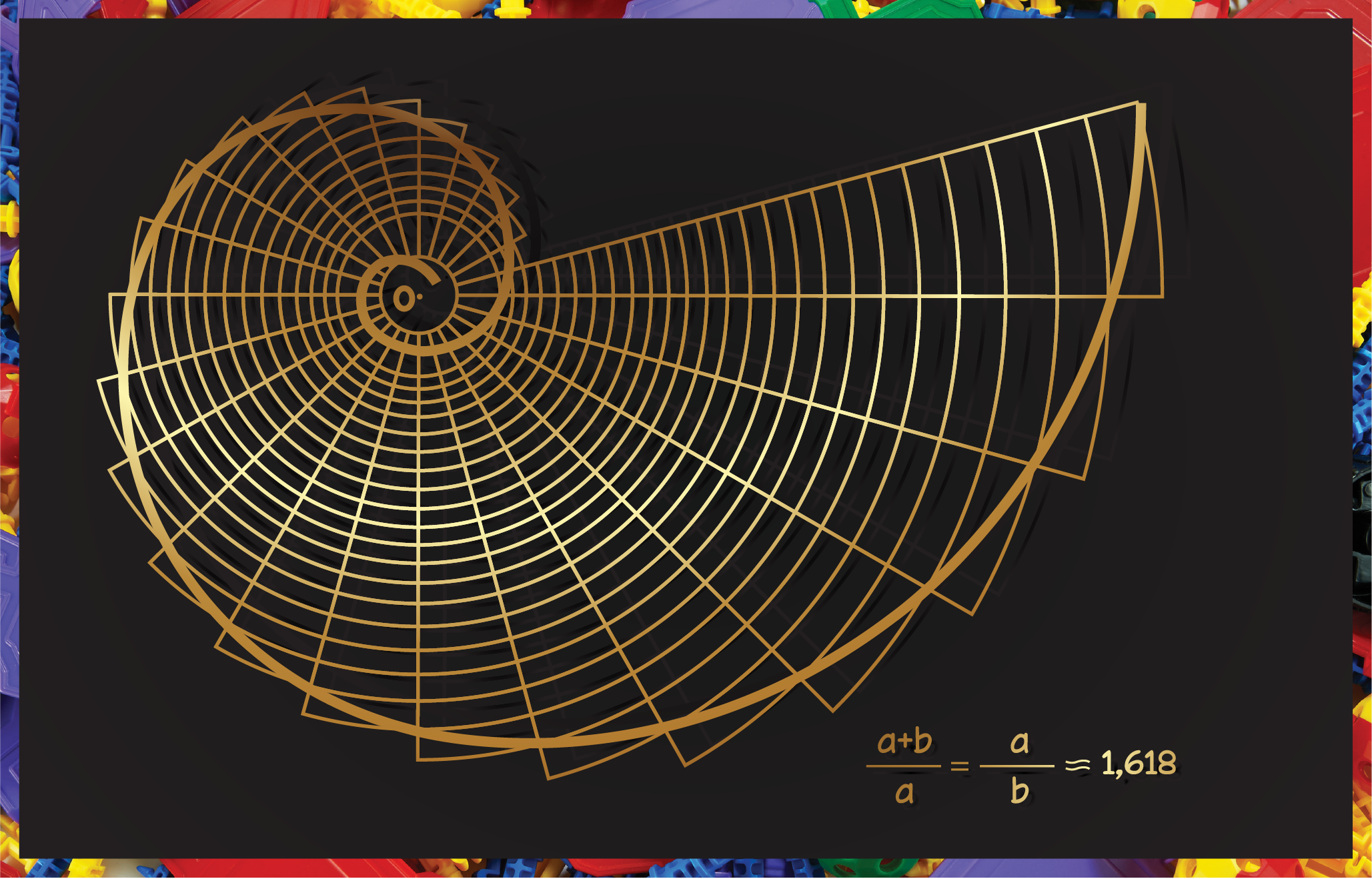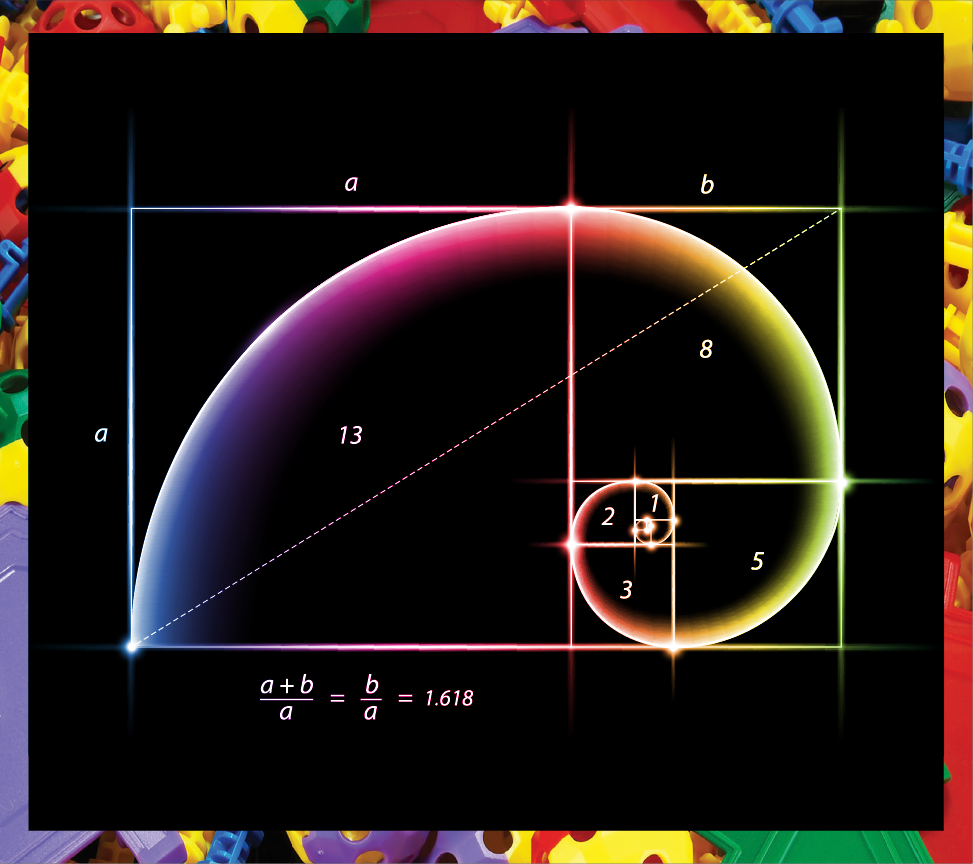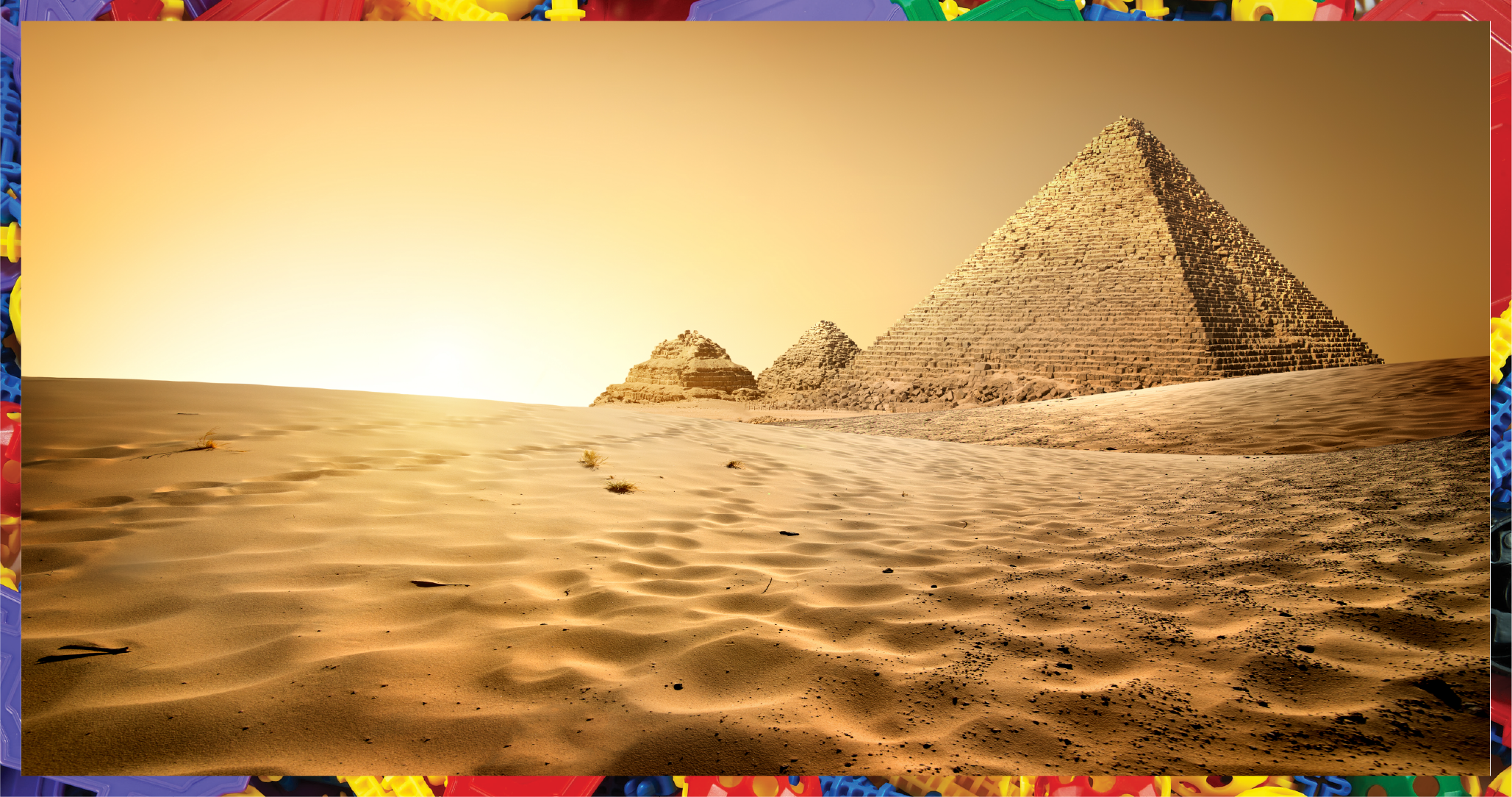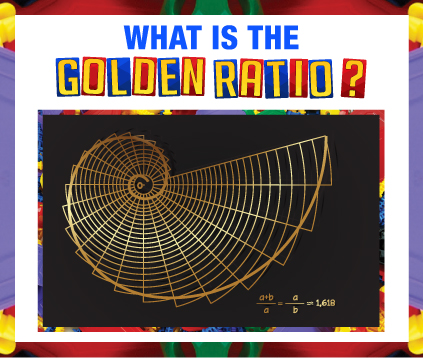


THE GOLDEN RATIO
The Golden Ratio is also known as the ‘golden mean’, the ‘golden number’ or the ‘divine proportion’. It represents a ratio or division of a specific unit of length into two proportions. The division is such that the ratio of the shorter to the longer is the same as the ratio of the longer component to the whole. The golden rule is applied in design and geometry for creating patterns and geometric figures like pentagrams, decagons and dodecahedrons. The Golden Ratio is essentially a ratio determined by the Phi number, an irrational number that is infinite and does not repeat as it cannot be written as a simple fraction.
Designs and geometric models that make use of the golden mean ratio are considered aesthetically vibrant and stunning. This special number has been manifested in architecture and art throughout history, from the ancient Pythagoreans and Renaissance artists to the 2003 novel ‘The Da Vinci Code’ that used it as a plot point.


USING THE DIVINE PROPORTION IN DESIGN
The Golden Ratio entails a tempting balance between symmetry and dissymmetry. This is why architects, designers and artists use it in their work. The Great Pyramid of Egypt is an example of a famous design that incorporates this concept. Leonardo da Vinci used it in some of his paintings as did Raphael, George Seurat and Sandro Botticelli. Today it’s being used to design logos and products in the commercial domain.
Mathematics is important to our being, manifesting itself in nature, species that surround us and in qualities like creativity, reasoning and problem-solving. As Marcus du Sautoy said, “Mathematics has beauty and romance. It’s not a boring place to be, the mathematical world. It’s an extraordinary place; it’s worth spending time there”. Phenomena like the Golden Ratio make us believe that we’re part of an ancient universal pattern, even when we’re doing boring tasks like paying for our Starbucks.
References
https://www.tokenrock.com/explain-golden-ratio-177.html
http://www.planetdolan.com/15-beautiful-examples-of-mathematics-in-nature/
https://io9.gizmodo.com/5985588/15-uncanny-examples-of-the-golden-ratio-in-nature
https://www.goldennumber.net/golden-ratio/
https://www.goldennumber.net/leonardo-da-vinci-golden-ratio-art/
https://www.goldennumber.net/phi-pi-great-pyramid-egypt/
https://www.companyfolders.com/blog/golden-ratio-design-examples









Trackbacks/Pingbacks